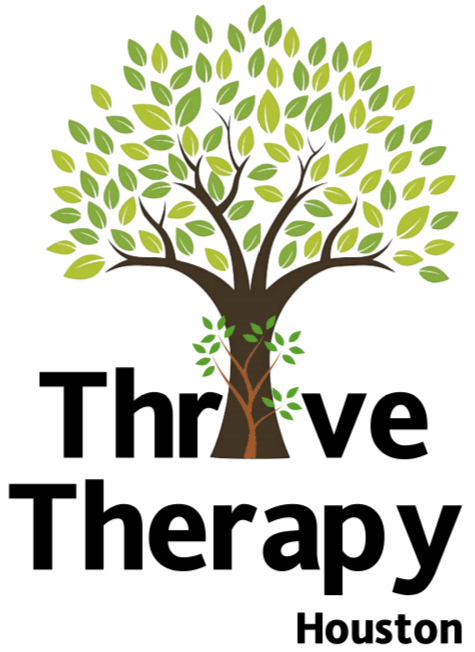Somatic Experiencing Therapy (SE™)
Somatic Experiencing Therapy (SE™) is a body-oriented therapeutic model developed by Peter Levine (1977) for healing trauma and other stress disorders. The SE approach releases traumatic shock, which is key to transforming PTSD and the wounds of emotional and early developmental attachment trauma. It offers a framework to assess where a person is “stuck” in the fight, flight or freeze responses and provides clinical tools to resolve these fixated physiological states.
“Trauma is not what happens to us, but what we hold inside in the absence of an empathetic witness.”
― Peter Levine, Ph.D.
Schedule an appointment online:
Somatic Experiencing (SE) was created as an approach to address stress and trauma with physiology and neursocience at is foundation. Even trauma may begin as acute stress from a perceived life-threat or as the end product of cumulative stress. Both types of stress can seriously impair a person’s ability to function with resilience and ease. Trauma may result from a wide variety of stressors such as accidents, invasive medical procedures, sexual or physical assault, emotional abuse, neglect, war, natural disasters, loss, birth trauma, or the corrosive stressors of ongoing fear and conflict.
“Trauma has become so commonplace that most people don't even recognize its presence. It affects everyone. Each of us has had a traumatic experience at some point in our lives, regardless of whether it left us with an obvious case of post-traumatic stress. Because trauma symptoms can remain hidden for years after a triggering event, some of us who have been traumatized are not yet symptomatic..”
― Peter Levine, "Waking the Tiger"
The Somatic Experiencing approach facilitates the completion of self-protective motor responses and the release of thwarted survival energy bound in the body, thus addressing the root cause of trauma symptoms. This is approached by gently guiding clients to develop increasing tolerance for difficult bodily sensations and suppressed emotions.
Dr. Levine was inspired to study stress on the animal nervous system when he realized that animals are constantly under threat of death, yet show no symptoms of trauma. What he discovered was that trauma has to do with the third survival response to perceived life threat, which is freeze. When fight and flight are not options, we freeze and immobilize, like “playing dead.” This makes us less of a target. However, this reaction is time-sensitive, in other words, it needs to run its course, and the massive energy that was prepared for fight or flight gets discharged, through shakes and trembling. If the immobility phase doesn’t complete, then that charge stays trapped, and, from the body’s perspective, it is still under threat. The Somatic Experiencing method works to release this stored energy and turn off this threat alarm that causes severe dysregulation and dissociation. SE helps people understand this body response to trauma and work through a “body first” approach to healing.
“In response to threat and injury, animals, including humans, execute biologically based, non-conscious action patterns that prepare them to meet the threat and defend themselves. The very structure of trauma, including activation, dissociation and freezing are based on the evolution of survival behaviors. When threatened or injured, all animals draw from a "library" of possible responses. We orient, dodge, duck, stiffen, brace, retract, fight, flee, freeze, collapse, etc. All of these coordinated responses are somatically based- they are things that the body does to protect and defend itself. It is when these orienting and defending responses are overwhelmed that we see trauma.”
― Peter Levine, Ph.D.
LEARN MORE: What is SE? SE 101
LEARN MORE: How Does SE Work? Handout
LEARN MORE: Why You Can't Think Your Way Out of Trauma?
References
Levine, P. (2010). In an Unspoken Voice: How the Body Releases Trauma and Restores Goodness. Berkeley, CA: North Atlantic Books.
Levine, P. (1997). Waking the tiger: Healing trauma: The innate capacity to transform overwhelming experiences. North Atlantic Books.
Payne, P., Levine, P. A., & Crane-Godreau, M. A. (2015, February 4). Somatic experiencing: Using interoception and proprioception as core elements of trauma therapy. Frontiers in Psychology. Retrieved from http://journal.frontiersin.org/article/10.3389/fpsyg.2015.00093/full
van der Kolk, B. (2014). The Body Keeps the Score: Brain, Mind and Body in the Healing for Trauma. New York, NY: Penguin Press.
More research included at Peter Levine's Trauma Healing Website.
